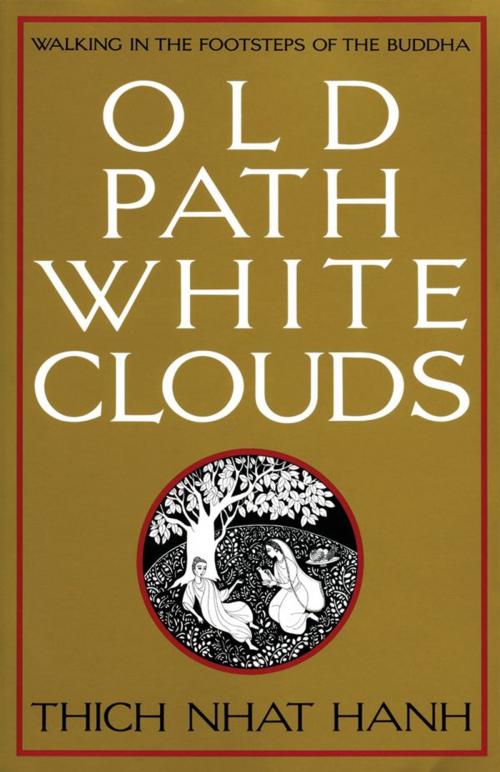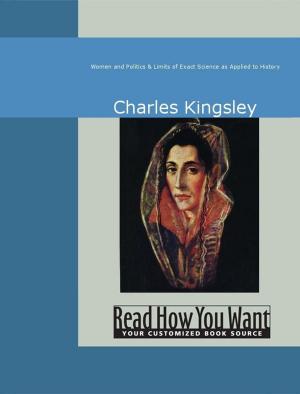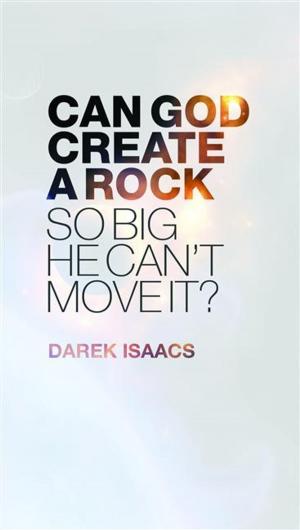| Author: | Nhat Hanh, Thich | ISBN: | 9781458714350 |
| Publisher: | ReadHowYouWant | Publication: | June 28, 2011 |
| Imprint: | Language: | English |
| Author: | Nhat Hanh, Thich |
| ISBN: | 9781458714350 |
| Publisher: | ReadHowYouWant |
| Publication: | June 28, 2011 |
| Imprint: | |
| Language: | English |
Old Path White Clouds presents the life and teachings of Gautama Buddha. Drawn directly from 24 Pali, Sanskrit, and Chinese sources, and retold by Thich Nhat Hanh in his inimitably beautiful style, this book traces the Buddha's life slowly and gently over the course of 80 years, partly through the eyes of Svasti, the buffalo boy, and partly through the eyes of the Buddha himself. Old Path White Clouds is destined to become a classic of religious literature. Thich Nhat Hanh is a Vietnamese Buddhist monk. His life long efforts to generate peace and reconciliation moved Martin Luther King, Jr. to nominate him for the Nobel Peace Prize in 1967. He is the founder of Van Hanh Buddhist University in Saigon, and has taught at Columbia University and the Sorbonne. He is the author of Being Peace, The Miracle of Mindfulness, Peace Is Every Step, and 75 other books. ''I have not avoided including the various difficulties the Buddha encountered, both from his own disciples and in relation to the wider society. If the Buddha appears in this hook as a man close to us, it is partly due to recounting such difficulties.'' --from the author's afterword
Old Path White Clouds presents the life and teachings of Gautama Buddha. Drawn directly from 24 Pali, Sanskrit, and Chinese sources, and retold by Thich Nhat Hanh in his inimitably beautiful style, this book traces the Buddha's life slowly and gently over the course of 80 years, partly through the eyes of Svasti, the buffalo boy, and partly through the eyes of the Buddha himself. Old Path White Clouds is destined to become a classic of religious literature. Thich Nhat Hanh is a Vietnamese Buddhist monk. His life long efforts to generate peace and reconciliation moved Martin Luther King, Jr. to nominate him for the Nobel Peace Prize in 1967. He is the founder of Van Hanh Buddhist University in Saigon, and has taught at Columbia University and the Sorbonne. He is the author of Being Peace, The Miracle of Mindfulness, Peace Is Every Step, and 75 other books. ''I have not avoided including the various difficulties the Buddha encountered, both from his own disciples and in relation to the wider society. If the Buddha appears in this hook as a man close to us, it is partly due to recounting such difficulties.'' --from the author's afterword















